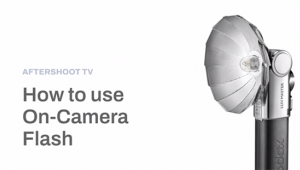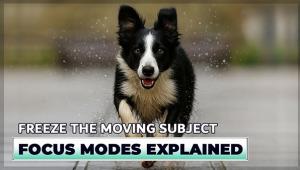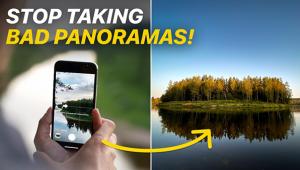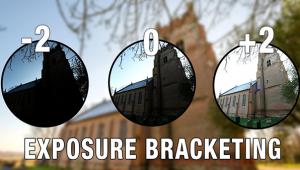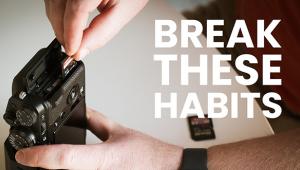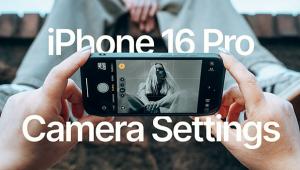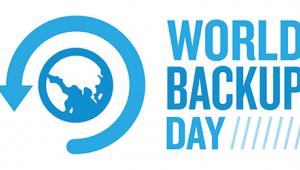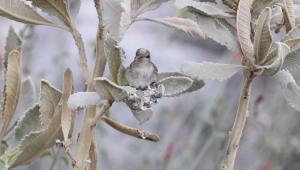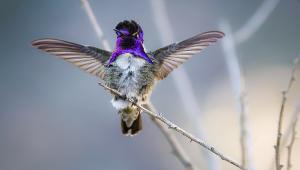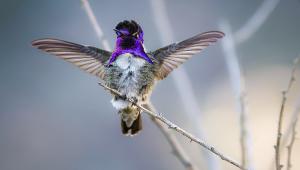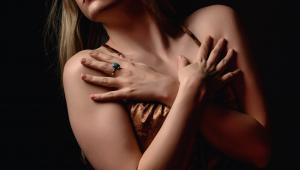If you put a macro lens on a bellows, backwards, it provides even more magnification. It's like looking through a telescope backwards. To do that you need a Reversing Ring. Novoflex makes several macro accessories (but I have not used them.)
Tools Of The Trade
Getting Close
There are various ways that you can use to focus very close to small subjects. Here is a list of choices.
Macro Lenses. You can purchase a lens that is specifically designed to focus closely. These are called “macro” lenses, and they are available in focal lengths between 50mm and 200mm (figure A). They can also focus to infinity so you can use them for landscapes, portraits, etc., but photographers buy them primarily to use in close-up work.
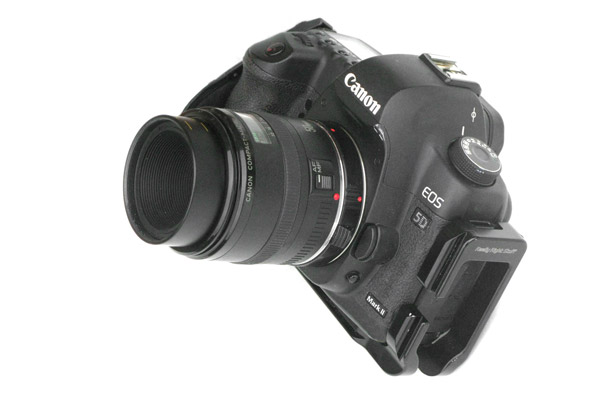
All Photos © Jim Zuckerman
The short focal length macro lenses—50-60mm—are reasonably priced. They are small, light and they give you more depth of field. This is a plus because more of your subject will be in focus, but at the same time the background is more defined. In (#1) you can see that the background behind this Hercules moth is somewhat distracting.

Telephoto macro lenses, such as the 100mm and 180mm lenses, are larger, heavier and more expensive. They have less depth of field, thus the background behind small subjects is usually completely blurred as in (#2). They also have the added benefit of giving you a greater working distance. This is very useful when shooting subjects like butterflies or moths. Keep in mind that if you have a Micro 4/3rds or APS-C sensor camera you multiply the focal length stated by the sensor factor to get the effective focal length of the lens. So, a 50mm lens on a Canon camera with an APS-C sensor is effectively 80mm, and on a Micro 4/3rds camera it is 100mm. Only those with full frame sensor cameras need be concerned about the above considerations.
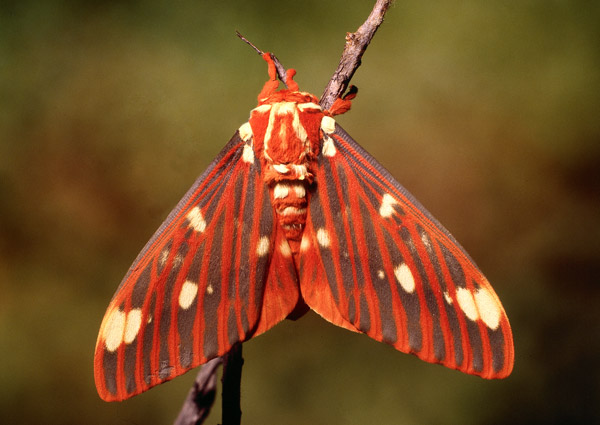
Extension Tubes. A less expensive way to focus closely is to use extension tubes (figure B). They come in a set of three and are essentially hollow tubes that fit between the camera body and the lens. You can use the tubes individually or they can be stacked together for increased magnification. You can buy tubes made by the manufacturer of your camera, such as Canon or Nikon, or you can buy a set from a third party manufacturer like Kenko (www.thkphoto.com).
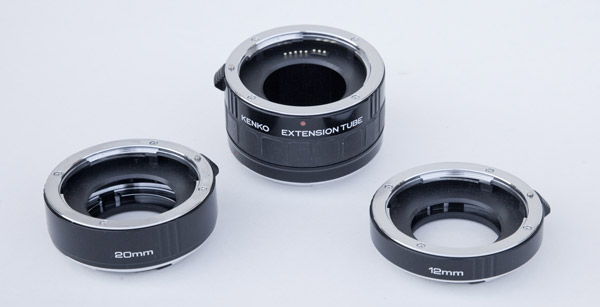
One of the advantages of extension tubes is that they can be used on any lens. For example, if you use them with a 50mm (non-macro) lens, it instantly has the ability to focus closely as if it were a macro lens. If you already have a macro lens and add extension tubes, you can focus extremely close as I did in the shot of the inch-long buckeye caterpillar (#3). If you use one or more tubes on a telephoto lens, you suddenly have a telephoto macro.

Diopters Lenses. A close-up diopter is like a magnifying filter that screws onto the front of a lens and allows you to focus closely (figure C). The larger the diameter of the lens, the more costly they become. Even with a large 77mm filter size, the cost of diopters is quite reasonable.

The other advantages of using diopters are they are small, light and easy to carry. In addition, they don’t cause any light loss.
The disadvantage is that they introduce additional glass, and this can cause a reduction in quality, particularly at the edges. This is true primarily for the less expensive diopter sets. Also, the working distance is only a few inches.
Bellows. For extreme magnification, a bellows unit is ideal (figure D). This is just like extension tubes but instead of fixed sizes the bellows are like an accordion that allows you to vary the magnification. The more the bellows is extended, the greater magnification you will have (and the more light you will lose and the less depth of field you’ll have). If you want extreme close-ups like the picture of the snowflake, (#4) then a bellows system is ideal.
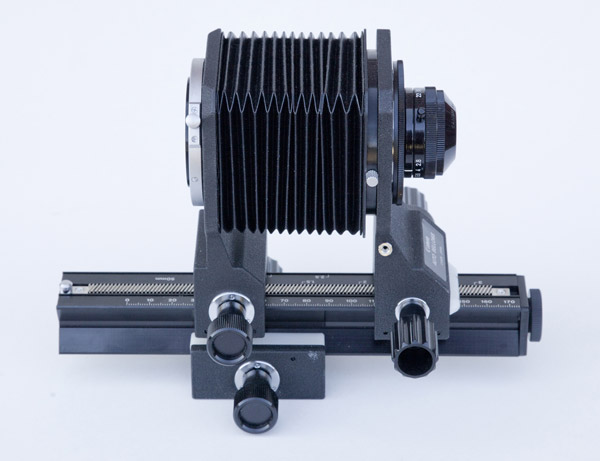

Triggering Off-Camera Flash
Being able to trigger a flash while it is off the camera opens up many new creative possibilities. Several of the techniques I describe in this issue require you to use side or backlighting, and I thought it would be a good idea to explain the different ways of triggering the flash while it is detached from the camera.
“Radio” Remote. The most versatile system for triggering off-camera flash consists of a transmitter from the camera that signals a receiver on the flash to fire. One such system is dubbed the Pocket Wizard (www.pocketwizard.com). The transmitter sits in the hotshoe of the camera. The system works on a radio frequency instead of an infrared beam, and the advantage of that is that the receiver—the unit on the flash—doesn’t have to be seen by the transmitter to work.
Recently, many manufacturers are offering radio control units at very affordable prices. Watch the pages of Shutterbug for information on these new products as they come to market. Most will work with popular flash units and offer you the ability to fire flash from a distance.
RadioPopper. Another method of triggering flash off-camera is the PX System by RadioPopper (www.radiopopper.com). Like the Pocket Wizard, two units are required. However, you also need two flash units—one for the hotshoe and the other one is the off-camera flash. What the RadioPopper does is convert the infrared communication between camera and flash to a radio signal. This means you do not need to be in the line of sight for a master flash to trigger an off-camera flash. Using the PX System, you can trigger an off-camera flash up to 1700 feet!
Manual Method. If you don’t have a wireless trigger and don’t intend to buy one, you can use off-camera flash and fire it manually. This means that you set a long shutter speed and during the shutter firing you manually set off the flash by using the test button. This obviously has limitations. Another method is to hardwire the flash to the camera via a remote cord that allows you to mount the flash on a light stand or hand hold it off the camera. This cord may be attached to cameras with a cord outlet (PC socket) or, with some cameras, a cord attached to a unit mounted in the camera’s hot shoe.
- Log in or register to post comments

